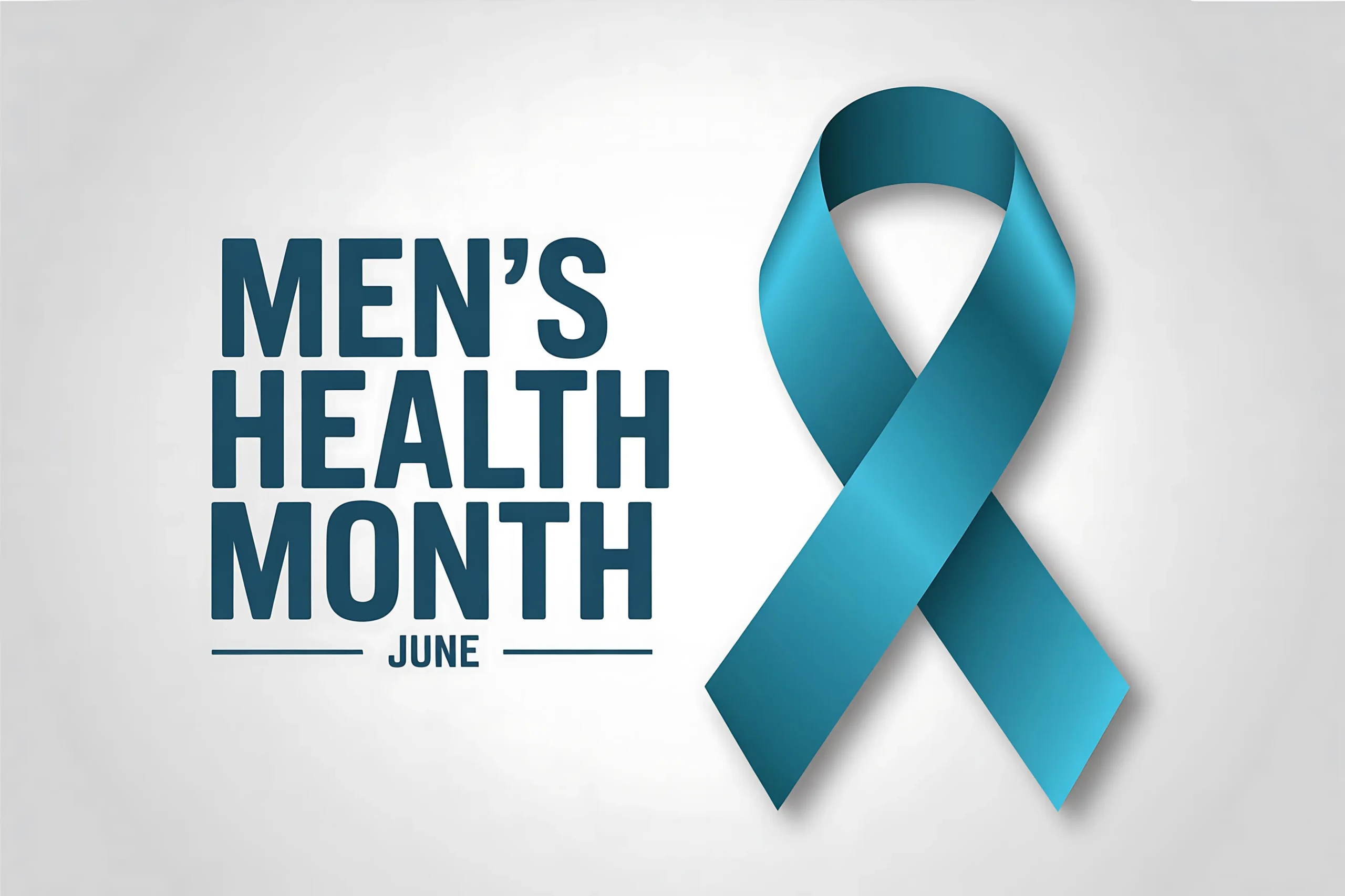
Men’s Health Month

Empowering Men to Take Charge of Their Health This June
Men’s Health Month is observed each June in the US to raise awareness among men, boys, and their families about the importance of preventive care, healthy lifestyle choices, and positive health attitudes. The observance began with the establishment of National Men’s Health Week, signed into law by President Bill Clinton on May 31, 1994. Celebrated annually during the week leading up to Father’s Day, this initiative has since expanded into the broader Men’s Health Month.
It may sometimes be mistaken for Movember, an international campaign each November where men grow mustaches to spark conversations around prostate cancer, testicular cancer, and men’s mental health. While Movember focuses on specific health issues, Men’s Health Month takes a broader approach, encouraging men to consider all aspects of their health, set personal wellness goals, and develop a plan to achieve them.
This broader focus is especially critical, as only 60% of men visit the doctor for an annual routine checkup, and 40% wait until a serious issue arises. Men also face higher mortality rates for 8 out of the 10 leading causes of death, including heart disease, cancer, and diabetes, and are 41% more likely to die prematurely than women.
Prioritizing Early Detection and Overall Wellness During Men’s Health Month
Despite recent treatment advancements and the encouraging decline in mortality rates, the American Cancer Society (ACS) reported that prostate cancer remains the second leading cause of cancer death among men, following lung cancer. However, when detected early, the 5-year survival rate of patients with prostate cancer is 99%.
For the best chance at early detection, the ACS recommends that men begin discussing prostate cancer screening at age 50 for those at average risk, age 45 for those at high risk, and age 40 for those at even higher risk. High-risk individuals include African American men and those with a first-degree relative diagnosed with prostate cancer at an early age. Men at even higher risk are those with more than 1 first-degree relative who had prostate cancer at an early age.
Screening typically involves a prostate-specific antigen (PSA) blood test, where the likelihood of prostate cancer increases as PSA levels rise. It may also include a digital rectal exam, during which a physician checks for any bumps or hard areas on the prostate that might be cancerous.
Beyond prostate cancer, Men’s Health Month serves as a reminder for all men to prioritize their health by scheduling annual checkups, maintaining a healthy diet, staying physically active, avoiding smoking and secondhand smoke, limiting alcohol intake, and managing stress effectively.